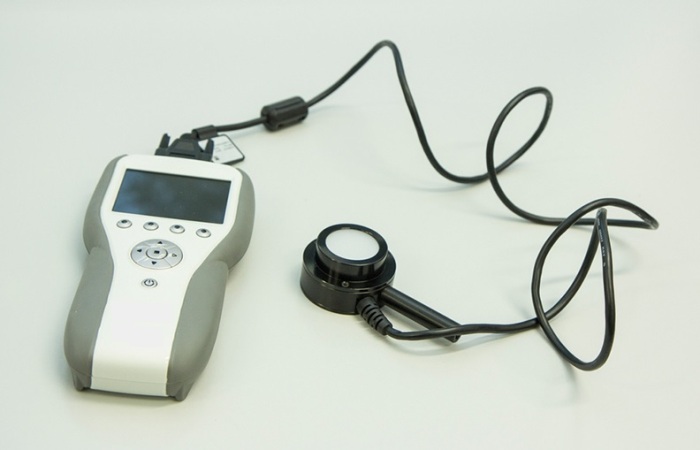
The global market for rheumatoid arthritis treatments is expected to grow at a CAGR of...
Learn More
Our consulting solutions address company specific challenges with respect to micro environment...
Learn More
Organizations frequently need day-today research guidancein order to gain strategic...
Learn More
Exploring different areas of market research and market analysis is a key factor...
Learn MoreAcute Market Reports presents the most extensive global business research services across industries. Our research studies focus on potential outcomes, benefits, and risks associated with each market segment across geographies. Having served our global clients for more than 10 years, our prime priority is to enable our clients in making well-informed business decisions through a data-driven, analytical, and uncomplicated research approach.
We provide access to the world's most comprehensive, analytical, and updated business intelligence services and solutions.




The handheld laser meter market, integral to various industries and applications, is experiencing substantial growth driven by several key factors. The handheld laser meter market is expected to grow at a CAGR of 5% during the forecast period of 2025...
Read More
The beef extract market is expected to grow at a CAGR of 7.8% during the forecast period of 2025 to 2033, due to increasing demand from various end-use sectors, including microbiological culture, animal health vaccines, and food processing. The extract, known for its ...
Read More
The normal and specialty fats market is a critical component of the food industry, providing versatility in applications ranging from confectionery to convenience foods. The normal and specialty fats market is at the intersection of evolving consumer...
Read More




